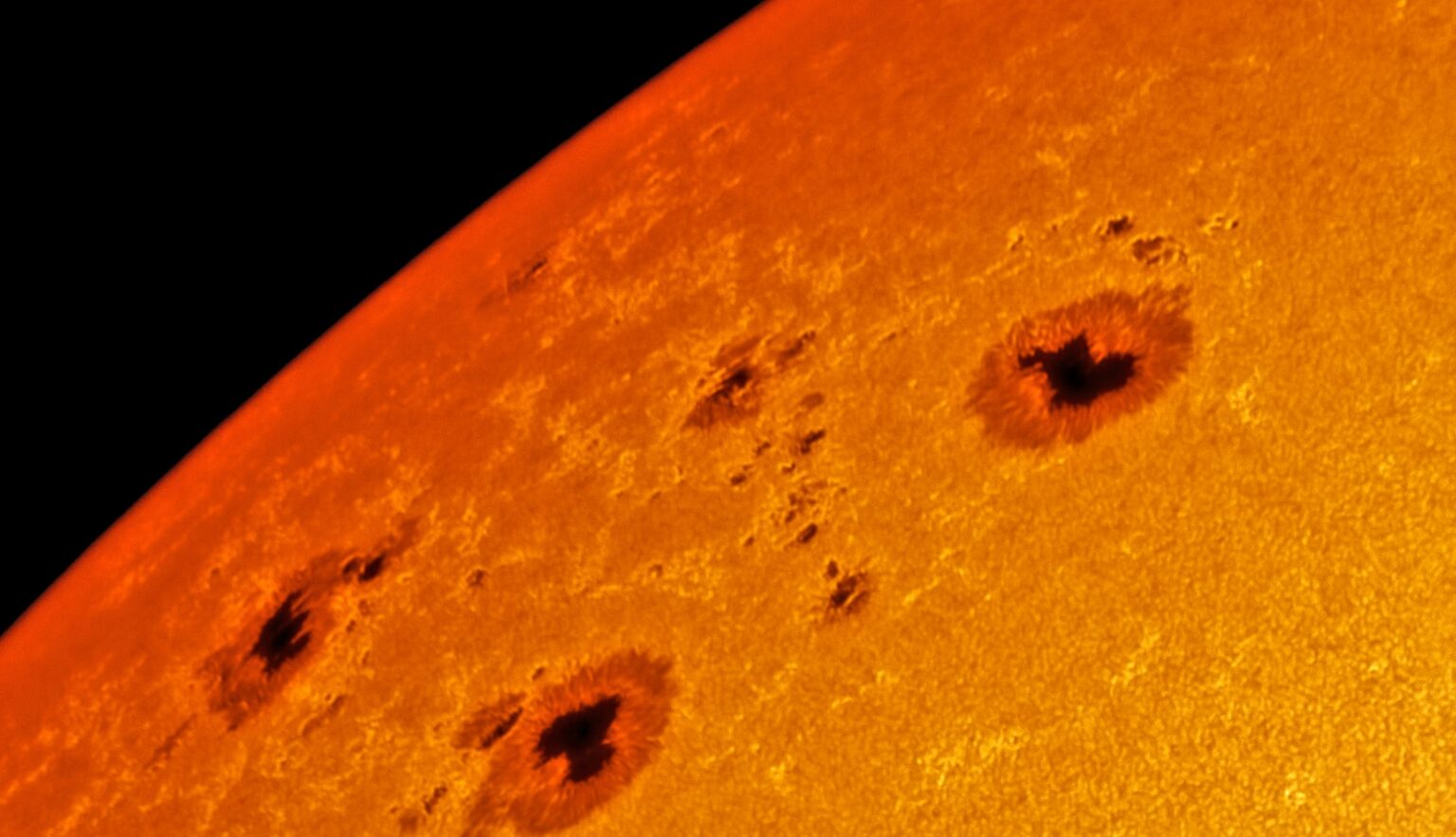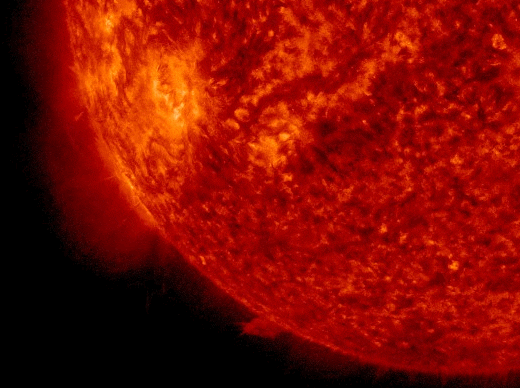A sunspot caused a double solar flare that inflicted a series of radio outages over Asia and Australia. According to spaceweather.com, sunspot AR2993 erupted on April 18 with two rapid M1 flares, and a week later a stream of charged particles reached Earth. M-class solar storms are medium-sized flashes that can temporarily disrupt some radio frequencies and sometimes expose astronauts to heightened levels of radiation in space.

According to astrophysicist Dean Pesnell of NASA’s Goddard Space Flight Center, the AR2993 sunspot was “medium in size.” But even at this size, the area of the spot is hundreds of millions of square kilometers. The ground could be set in this active area as cosy as an egg in a nest.
What are sunspots?
Sunspots are areas of the Sun where the magnetic field temporarily becomes much stronger than in the surrounding areas. These magnetic forces block the flow of hot gas from inside the Sun, making sunspots much colder than other areas of the star’s surface. If there are many spots, there is a high probability that magnetic lines passing within one group of spots will overlap, where they recombine with lines from another group of spots with opposite polarity. The visible result of this process is the release of coronal masses, which are explosions of solar plasma. The burst of radiation, reaching the Earth, causes strong excitations of magnetic field of our planet, disrupts the work of satellites, and in some cases even affects objects on its surface.

Solar activity has regular 11-year cycles recorded since 1775. Currently, the Sun is on the 25th solar cycle and is in a period of increasing activity. The peak of the 25th solar cycle is expected in late 2024 or early 2025, which means that the frequency of sunspots, solar flares and coronal mass emissions is expected to increase.
According to Livescience
We would like to remind that earlier the ejection on the Sun turned Mercury into a comet.
Follow us on Twitter to get the most interesting space news in time:
https://twitter.com/ust_magazine
